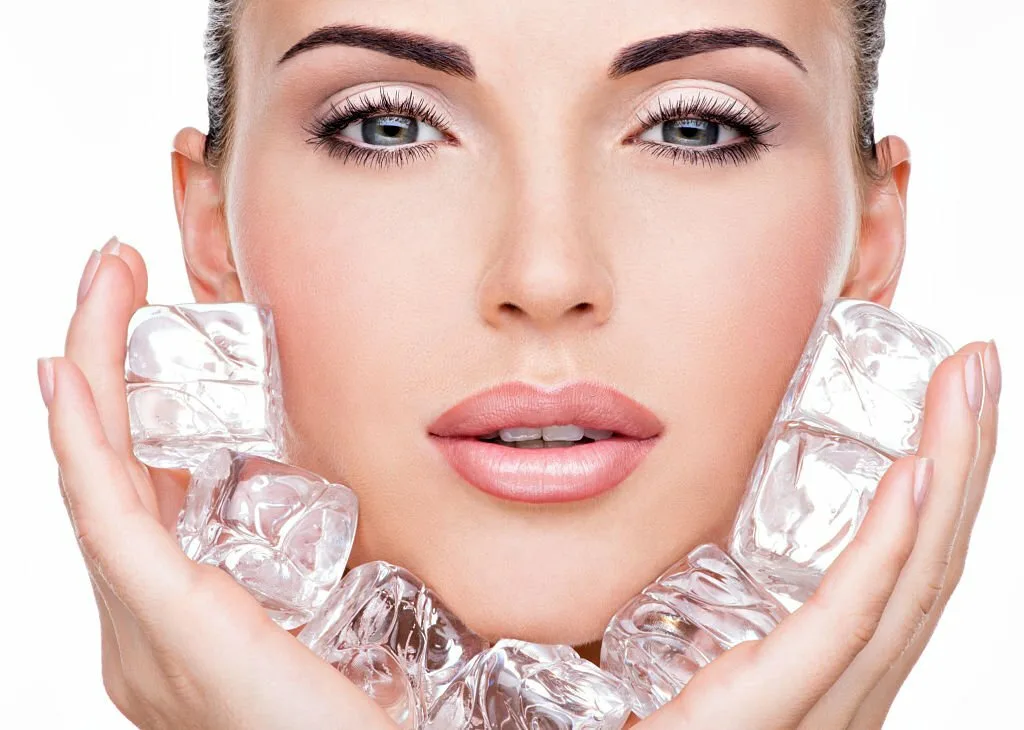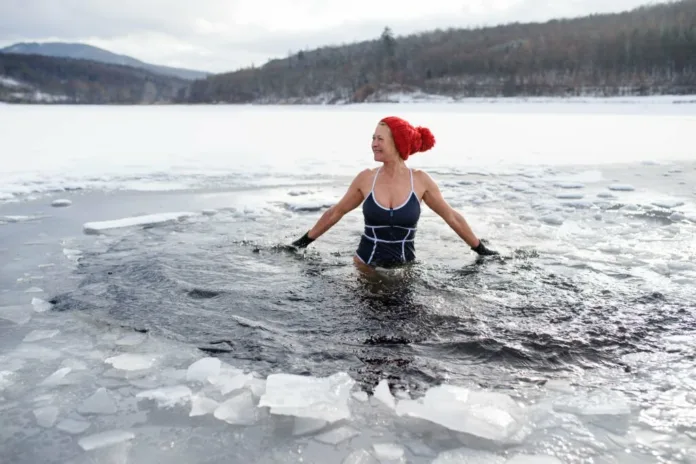Ice baths have been used for centuries to improve athletic performance, reduce inflammation, and boost overall health. In recent years, they have become increasingly popular among athletes and non-athletes alike, as research has shed more light on their potential benefits.
What is an ice bath?
An ice bath is a type of cold water immersion therapy that involves submerging the body in water that is 50-59 degrees Fahrenheit (10-15 degrees Celsius) for a period of time, typically 5-10 minutes.
How do ice baths work?
When the body is exposed to cold water, the blood vessels constrict, reducing blood flow to the muscles and other tissues. This helps to reduce inflammation and swelling. The cold water also activates the body’s stress response, which can lead to a number of other beneficial effects, such as increased pain tolerance, improved mood, and boosted energy levels.
Benefits of taking ice baths. Ice baths have been shown to offer a number of potential benefits, including:
Reduced inflammation: Inflammation is a natural response to injury or infection, but chronic inflammation can lead to a number of health problems, including heart disease, cancer, and Alzheimer’s disease. Ice baths can help to reduce inflammation by constricting blood vessels and slowing down the production of inflammatory chemicals.
Improved mood: Ice baths have been shown to increase levels of dopamine and serotonin, two neurotransmitters that play a role in mood regulation. This may explain why many people report feeling happier and more energized after taking an ice bath.
Better sleep quality: Ice baths can also help to improve sleep quality by reducing inflammation and promoting relaxation.
Increased pain tolerance: Ice baths can help to increase pain tolerance by activating the body’s stress response and releasing endorphins, which are natural pain relievers.
Improved cardiovascular health: Ice baths can help to improve cardiovascular health by lowering blood pressure and increasing heart rate variability.
Boosted immune system: Ice baths may also help to boost the immune system by increasing the production of white blood cells.
Reduced muscle soreness: Ice baths can help to reduce muscle soreness after exercise by flushing out metabolic waste products and reducing inflammation.
Improved athletic performance: Some studies have shown that ice baths can improve athletic performance by reducing muscle soreness and fatigue.
Accelerated recovery from injuries: Ice baths can also help to accelerate recovery from injuries by reducing inflammation and pain.
Reduced risk of chronic diseases: As mentioned above, ice baths can help to reduce inflammation, which is a major risk factor for many chronic diseases, such as heart disease, cancer, and Alzheimer’s disease.
Increased longevity: Some research suggests that ice baths may even help to increase longevity by reducing the risk of chronic diseases and improving overall health.
How to take an ice bath
If you are new to ice baths, it is important to start slowly and gradually increase the amount of time you spend in the cold water. It is also important to listen to your body and get out of the ice bath if you start to feel uncomfortable.
Here are some tips for taking an ice bath:
Start by immersing your body in the cold water up to your waist. Once you have acclimated to the cold, you can gradually immerse yourself deeper.
Stay in the ice bath for 5-10 minutes. If you are new to ice baths, you may want to start with a shorter duration and gradually increase the amount of time you spend in the cold water.
Get out of the ice bath if you start to feel uncomfortable. It is important to listen to your body and not push yourself too hard.
Warm up after taking an ice bath by taking a hot shower or drinking a warm beverage.

Safety precautions
Ice baths are generally safe for most people, but there are a few safety precautions to keep in mind:
Do not take an ice bath if you have any underlying health conditions, such as heart disease, high blood pressure, or diabetes.
Do not take an ice bath if you are pregnant or breastfeeding.
Do not take an ice bath if you are under the influence of alcohol or drugs.
Take an ice bath with a friend or family member so that you can be supervised.
Conclusion
Ice baths offer a number of potential health benefits, including reduced inflammation, improved mood, better sleep quality, increased pain tolerance, improved cardiovascular health, boosted immune system, reduced muscle soreness, improved athletic performance, accelerated recovery from injuries, reduced risk of chronic diseases, and increased longevity.If you are considering taking ice baths, it is important to start slowly and gradually increase the amount of time you spend




